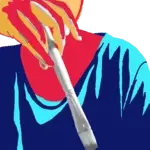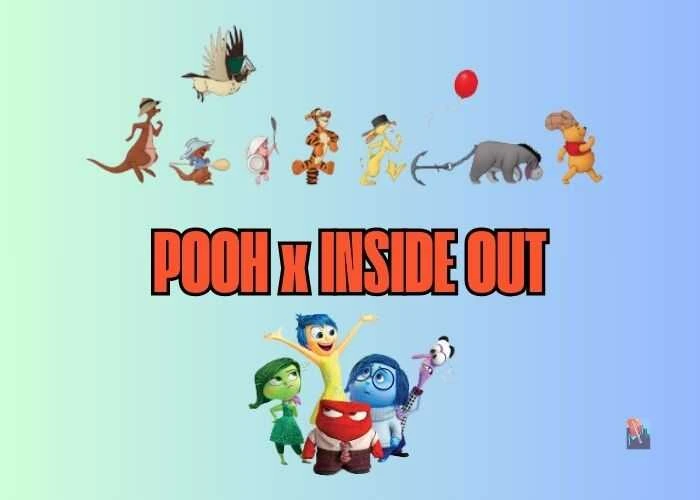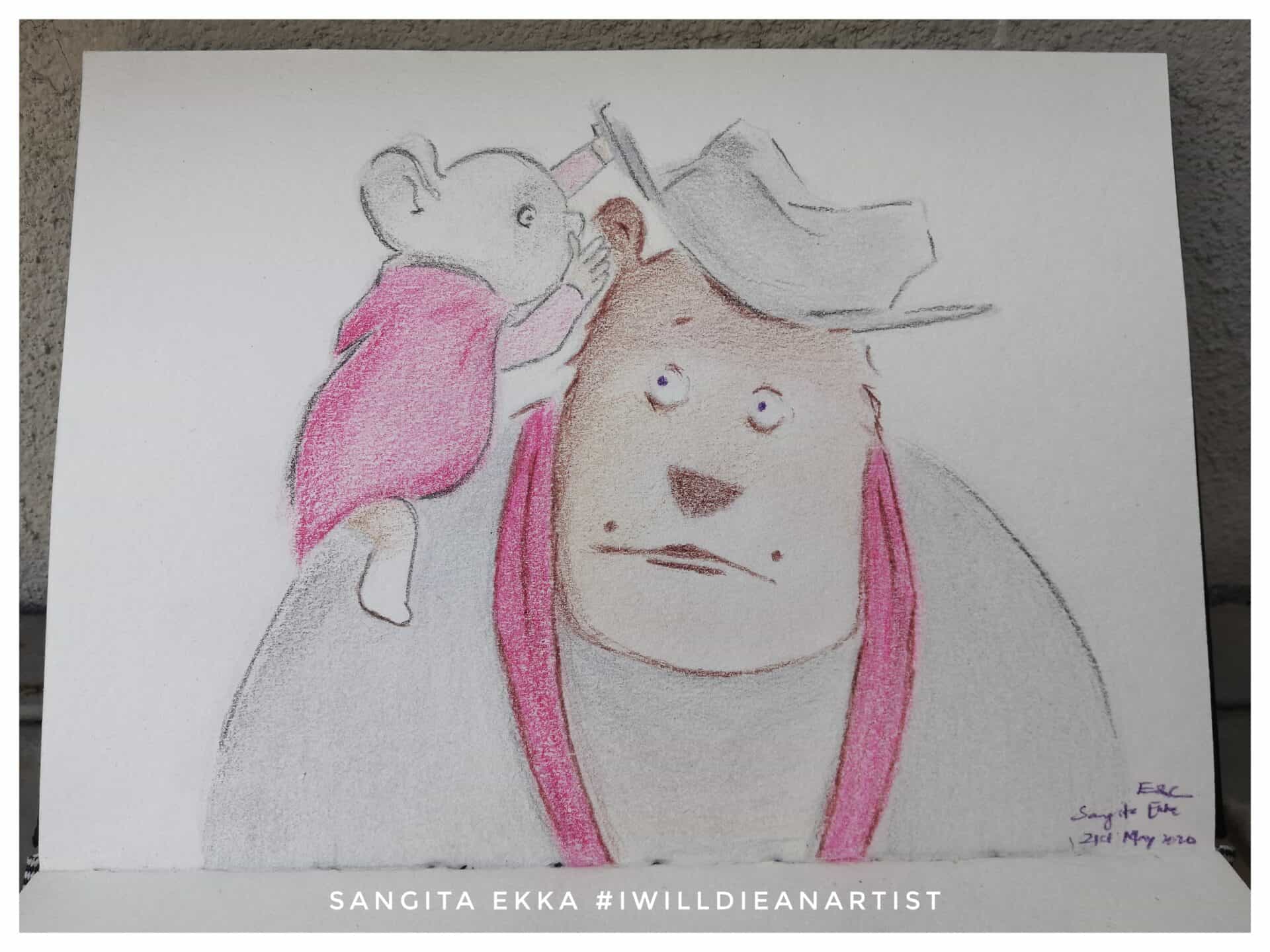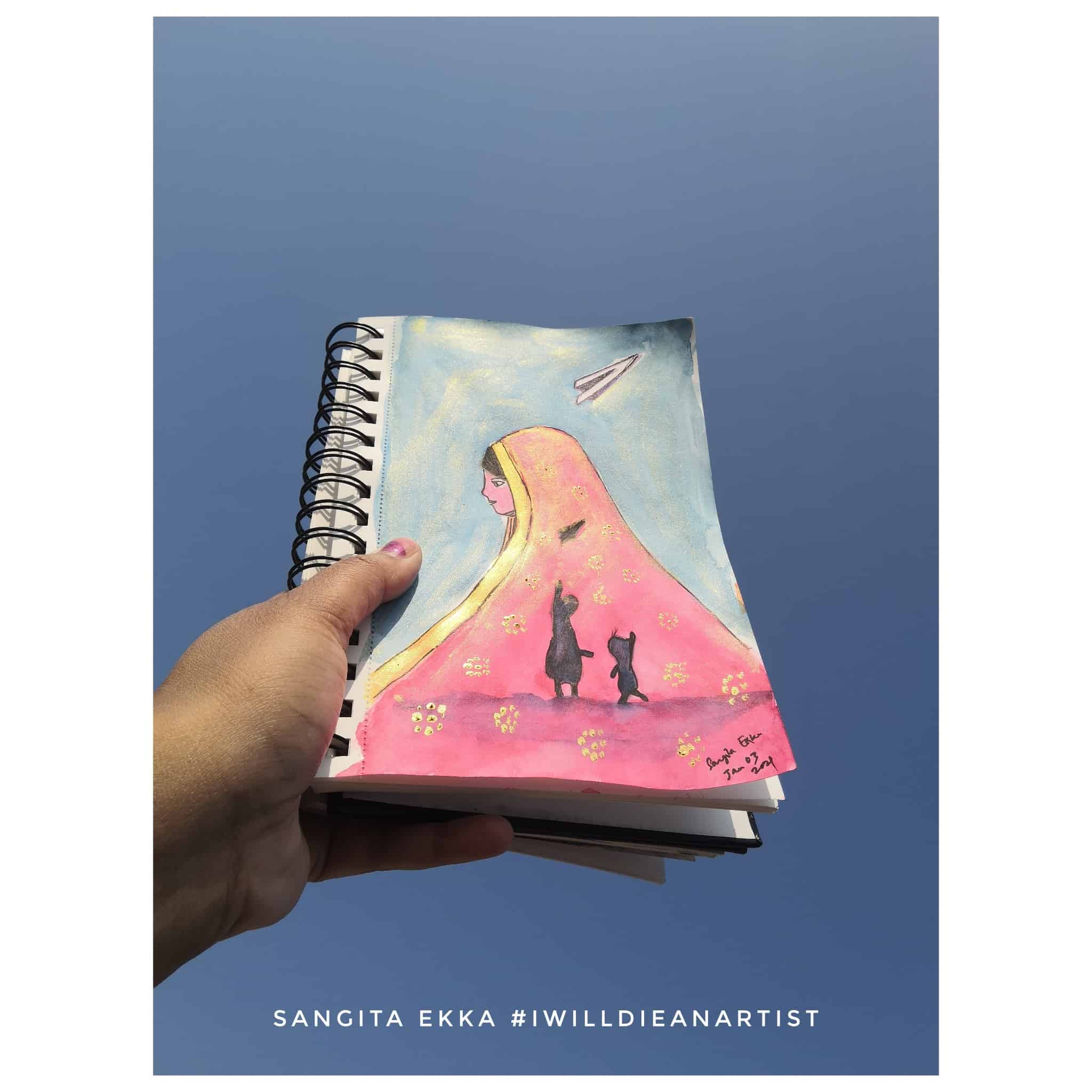In December 2000, neurodevelopmental scientists, fascinated by A. A. Milne’s popular storybook Winnie the Pooh, published an earnest paper diagnosing our beloved, honey-loving character and his friends with difficult-sounding words from the diagnosis bible they call the DSM-IV.
The research points to attention deficiency in Pooh along with a possibility of Obsessive Compulsive Disorder (OCD). The paper also speculates that he might have also developed Shaken Bear Syndrome owing to being dragged downstairs.
Bump. Bump. Bump!
Pooh’s best friend Piglet is also not spared. Our anxious little pink friend shows signs of Generalized Anxiety Disorder (GAD) and there are speculations that he might have been placed on paroxetine (whatever that is).
Moving to Eeyore.
Our saddest little donkey is depressed. We know that, but the scientists suggest to put him on anti-depressants. Imagine two Tigger-like energies bouncing off their tails in the Hundred Acre Wood!
Speaking of Tigger, the paper mentions his risk-taking attitude and notes that he is not a good role model for Roo. A big paragraph is dedicated to the dynamics of this duo and Tigger’s socially intrusive behaviors that endanger the tiny kangaroo.
Our beloved single mother Kanga draws special attention. There are wild speculations about her either having multiple casual flings in the future or pursuing an MBA and owning the Hundred Acre Wood!
Owl is “obviously bright, but dyslexic”, Rabbit has an overriding need to organize others, and Christopher Robin lacks parental supervision and talks to the animals. The scholars also felt that E.H. Shepard’s illustrations might suggest issues with gender identity in Christopher Robin.
Winnie-the-Pooh first appeared in 1925 as Edward Bear. Disney obtained the rights to A.A. Milne’s work in 1961 and produced shorts and feature-length films becoming one of the popular works under its brand.
Christopher Robin and his friends left the books and found their voice in animation, adding another layer to their existence.
AD
Partial anthropomorphic characters
Anthropomorphism is the practice of attributing human-like characteristics to non-human objects.
Animated content, particularly from the western part of the globe, has often relied on anthropomorphism in its storytelling.
From Disney’s Mickey Mouse to Dreamworks’ Kung Fu Panda to MGM’s Tom & Jerry, anthropomorphized animals continue to be the central approach in short and feature-length animation.
Winne the Pooh stands out in this approach for two reasons.
Firstly, the story does not eliminate the fact that all characters continue to be Christoper Robin’s cotton-stuffed toys. Secondly, all characters, throughout their adventures in the Hundred Acre Wood, stick to their core character descriptions without much evolution.
The narratives are built to support that Pooh remains the silly bear, Piglet fidgets, Rabbit loses control when things don’t go his way, Eeyore is perennially sad, Owl preaches, Roo and Tigger roll in the mud, and Kanga makes sparing appearances in her caregiving role.
It’s human nature to evolve with time and Winnie the Pooh characters rarely exhibit that.
The paper – Pathology in the Hundred Acre Wood, though unserious, rightly exhibits their quirks which are their core identities by design.
Also read: Hayao Miyazaki movies: anti-anthropomorphism and gender lens
Similarities with Inside Out
Of the many movies from Pixar, Inside Out remains in my top three for the sheer brilliance of thought behind the movie.
Apart from the humanification of core human emotions, the Pixar team did a phenomenal job illustrating abstractions of the human mind. The train of thought, forming core memories, personality islands, Memory Dump, and Bing Bong are some of the finest examples of concepts brought to life in the animation industry.
Back to the Pixar character, just like Pooh and his friends, Inside Out characters stick to their character descriptions with near-zero evolution. Joy is the lead emotion because she still resides within a child, and the only character evolution we see from her is acknowledging and encouraging feelings of Sadness.
Just like Winnie the Pooh, Inside Out characters including Anxiety and Nostalgia, stick to their character description and undergo personal adventures but rarely evolve in their roles.
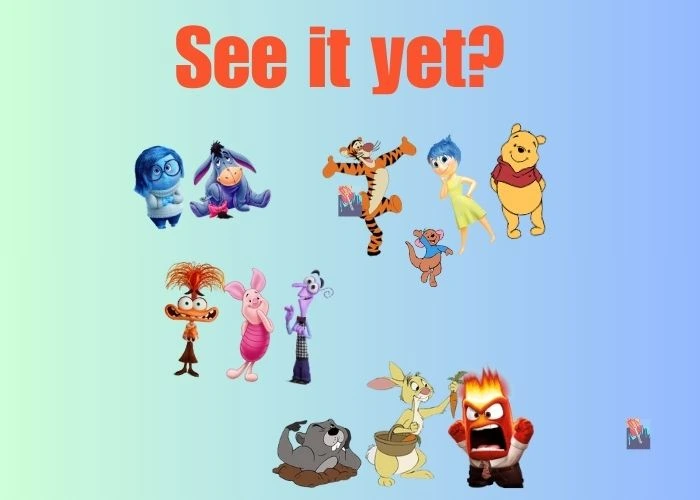
Final Thoughts
How studios approach anthropomorphism deeply reflects their philosophies. Ghibli movies have often incorporated anthropomorphized characters Miyazaki ensures that the real-life traditional balance between humans and nature is balanced.
In contrast, western studios approach characters with full or partial anthropomorphism and weave stories around them.
Pathology in the Hundred Acre Wood is a fun read and personally insightful to know that the STEM community would dive deep into animated content as well. Cheers to that!
AD
